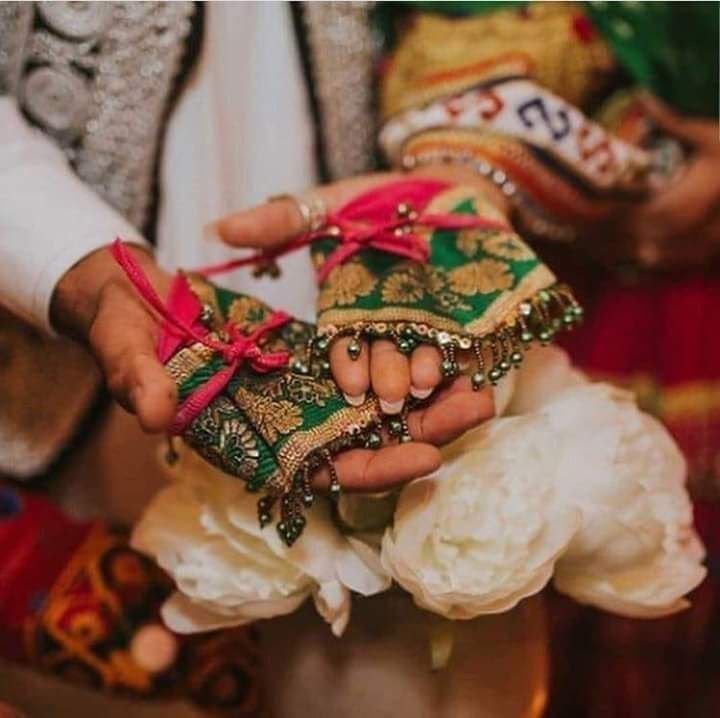Henna Night Ceremony
Henna Night (Mahfel-e-Hanabandan) is one of the most traditional and beautiful customs celebrated in the historic city of Herat, held on the night before the wedding. This ceremony is not only a prelude to the wedding celebration but also a warm gathering of families and relatives, offering a chance to express joy, empathy, and support for the couple beginning their married life.
Cultural Importance
In Herat’s culture, after the religious marriage contract (Nikah) and engagement, a series of joyful events begins—one of the most significant and memorable being the Henna Night. Usually held one or two nights before the wedding, the event is marked with grandeur. It symbolizes the start of a new life, blessings from families, and a tribute to the deep-rooted traditions of Herat.
Timing of the Ceremony
Henna Night typically takes place on the eve of the wedding. It holds a special place in the hearts of families, who strive to organize it in the best way possible. It may be hosted at the bride’s home or a wedding hall, often accompanied by music and dance.
Colorful Traditional Attire
On this night, women and girls wear colorful Afghan dresses adorned with beautiful khamak embroidery and handmade traditional jewelry that reflects the rich cultural identity of Herat. Men also dress in traditional attire, especially shirts with khamak embroidery.
The bride wears a stunning traditional outfit, accessorized with jewelry, flowers, and special henna-night makeup. Her smile, tinged with a bit of shyness, enhances her beauty even more.
Special Rituals of Henna Night
One of the key traditions is the groom’s family arriving at the bride’s home accompanied by the sound of daira, dumbak, and sweet folk couplets. As they escort the bride, a cloth is held over the bride and groom’s heads, inside which are a sugar loaf, salt, and a clay pot called saya. Breaking the pot and sprinkling salt symbolizes blessings, protection from the evil eye, and the beginning of a prosperous life.
Bread and Shawl – Symbols of Sustenance and Purity
In another part of the ceremony, the bride’s father ties a loaf of bread wrapped in a green cloth around her waist. This bread symbolizes sustenance and abundance—sending the daughter off with prayers and provisions. A white shawl is also placed on her head, symbolizing purity and honor, preparing her for married life.
The Beautiful Henna Ritual
The highlight of the event is the henna application. Seven unmarried girls, with intentions of happiness and harmony, place henna on the bride and groom’s palms. The bride then closes her hands and holds them to her forehead, where the groom places a gold coin—symbolizing respect, affection, and commitment.
Gifts and Congratulations
Close relatives of the groom—such as his mother, sister, aunt, or maternal aunt—present the bride with gifts like cash, fabric, clothes, or jewelry. These presents reflect love, acceptance, and support from the groom’s family.
Dance, Attan, and Celebration
After the henna ritual, the celebration continues with traditional music, Attan dance, poetic recitations, and youthful enthusiasm. The atmosphere is filled with laughter, joy, photography, and unforgettable moments.
Hospitality and Joyful Ending
Guests are treated to traditional and delicious Afghan dishes such as Qabuli Palaw, Mantu, Kebab, Borani, and local drinks. The night ends with blessings, smiles, and lasting memories.
Final Thoughts
Henna Night is not just a ritual—it’s a vital part of Herat’s cultural identity. It blends love, family, tradition, and authenticity, passed down through generations and still celebrated with passion and pride. Families strive to keep these traditions alive, believing that true happiness lies in preserving cultural roots.


